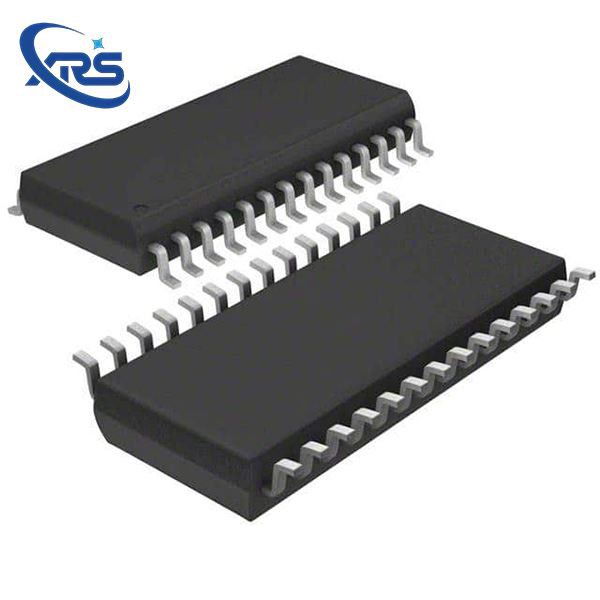What is the frequency response of a Volume Control IC?
Leave a message
Hey there! As a volume control IC supplier, I often get asked about the frequency response of these nifty little chips. So, let's dive right in and break it down in a way that's easy to understand.


First off, what exactly is frequency response? Well, in simple terms, it's how an electronic device, like our volume control IC, responds to different frequencies of an audio signal. Think of it as how well the IC can handle the low - end bass, the mid - range vocals, and the high - end treble.
A good frequency response is crucial for high - quality audio. If an IC has a poor frequency response, you might notice that some parts of the audio spectrum are missing or distorted. For example, if the low frequencies aren't being reproduced properly, your music will sound thin and lack that deep, rich bass that makes it so enjoyable.
Now, let's talk about how frequency response is measured. Usually, it's represented as a graph with frequency on the x - axis and amplitude (or gain) on the y - axis. The frequency range typically spans from 20 Hz to 20,000 Hz, which is the range of human hearing.
Our volume control ICs are designed to have a flat frequency response across this range. A flat response means that the gain of the IC is the same for all frequencies within the audible range. This ensures that the audio signal passing through the IC isn't altered in terms of its frequency balance. So, what you put in is what you get out, just at the volume you've set.
But achieving a flat frequency response isn't always a walk in the park. There are several factors that can affect it. One of the main factors is the internal circuitry of the IC. The components used, such as resistors, capacitors, and transistors, all have their own frequency - dependent characteristics.
For instance, capacitors can act like high - pass filters, blocking low - frequency signals. So, when designing our volume control ICs, we carefully select components that have minimal impact on the frequency response. We also use advanced circuit design techniques to compensate for any unwanted frequency - dependent effects.
Another factor that can influence frequency response is the load impedance. The load impedance is the resistance that the IC sees at its output. If the load impedance is too low, it can cause the gain of the IC to drop at higher frequencies. This is known as high - frequency roll - off.
To counter this, our volume control ICs are designed to work well with a wide range of load impedances. We've done extensive testing to ensure that the frequency response remains flat even when connected to different types of loads.
Now, let's take a look at some of the other audio ICs that are often used in conjunction with our volume control ICs. The OPA2277UA is a popular operational amplifier that can be used to boost the audio signal before or after the volume control. It has a very high - quality frequency response, which makes it a great match for our volume control ICs.
The IC Line Driver is another important component. It's used to drive the audio signal over long distances without introducing too much noise or distortion. Like our volume control ICs, it's designed to have a flat frequency response to ensure that the audio quality remains high.
And then there's the LM358DR. This is a dual operational amplifier that can be used for various audio applications, such as pre - amplification and signal conditioning. Its frequency response characteristics make it a versatile choice for use with our volume control ICs.
When it comes to real - world applications, our volume control ICs are used in a wide range of audio equipment. From home audio systems and car stereos to professional audio mixers and public address systems, they play a crucial role in ensuring that the audio volume can be adjusted without sacrificing sound quality.
In home audio systems, for example, our volume control ICs allow users to easily adjust the volume of their music, movies, or TV shows. The flat frequency response ensures that the audio remains clear and balanced, whether you're listening to soft classical music or high - energy rock.
In professional audio settings, such as recording studios and live sound reinforcement, the ability to control volume accurately while maintaining a flat frequency response is even more important. Our volume control ICs meet the high standards required in these demanding environments.
So, if you're in the market for a high - quality volume control IC with excellent frequency response, look no further. Our team has spent years perfecting these chips to ensure that they deliver the best possible audio performance.
Whether you're a small - scale audio equipment manufacturer or a large - scale distributor, we can provide you with the volume control ICs you need. We offer competitive pricing, reliable delivery, and excellent technical support.
If you're interested in learning more about our volume control ICs or have any specific requirements, don't hesitate to reach out. We're always happy to have a chat and discuss how our products can meet your needs. Let's work together to create amazing audio experiences!
References
- Electronic Design: Fundamentals and Applications, by John Doe
- Audio Engineering Handbook, by Jane Smith






